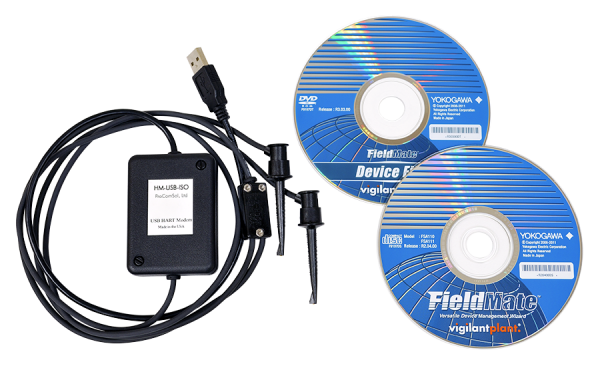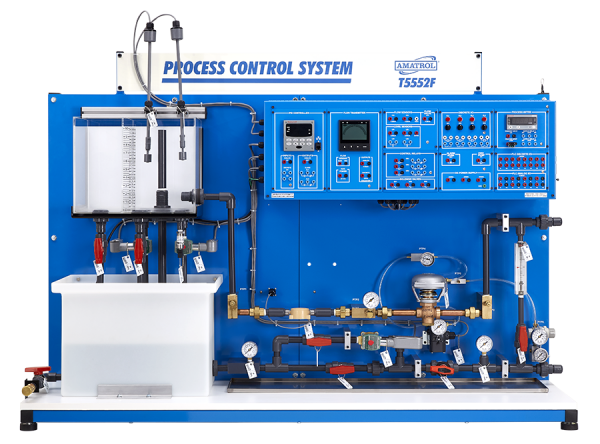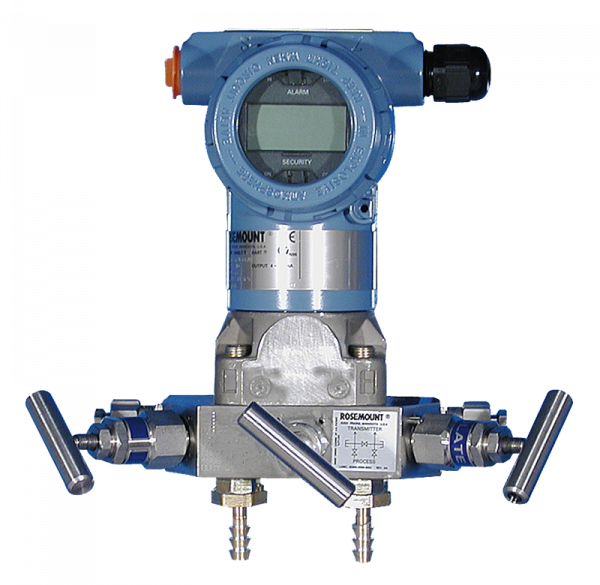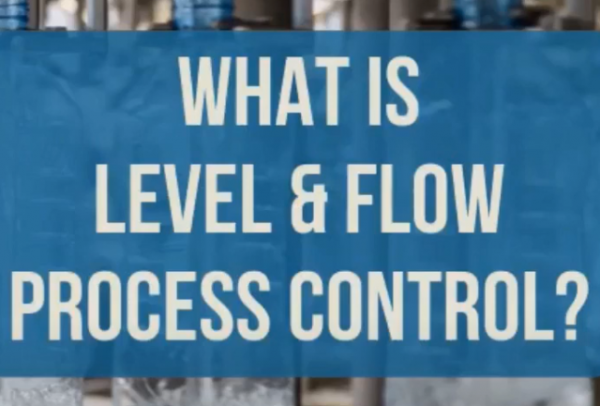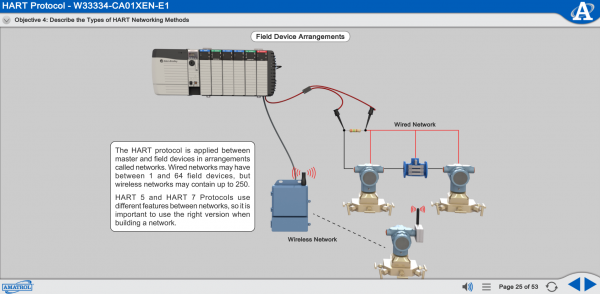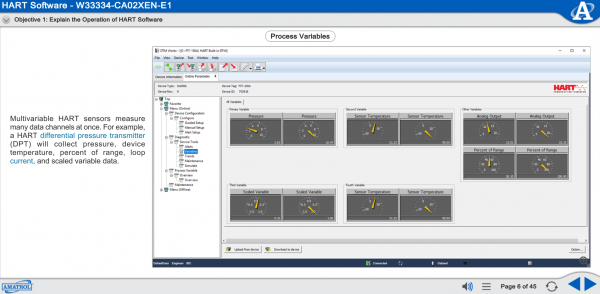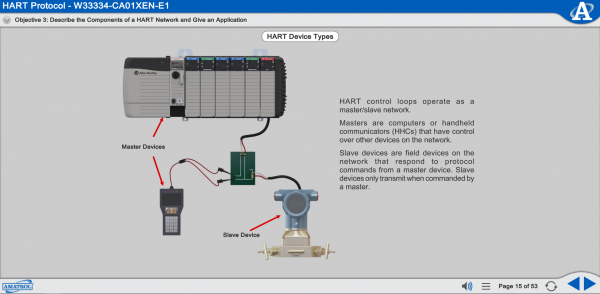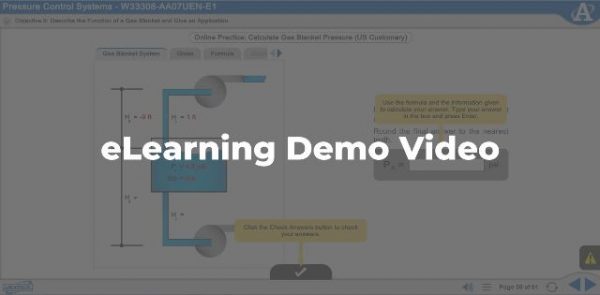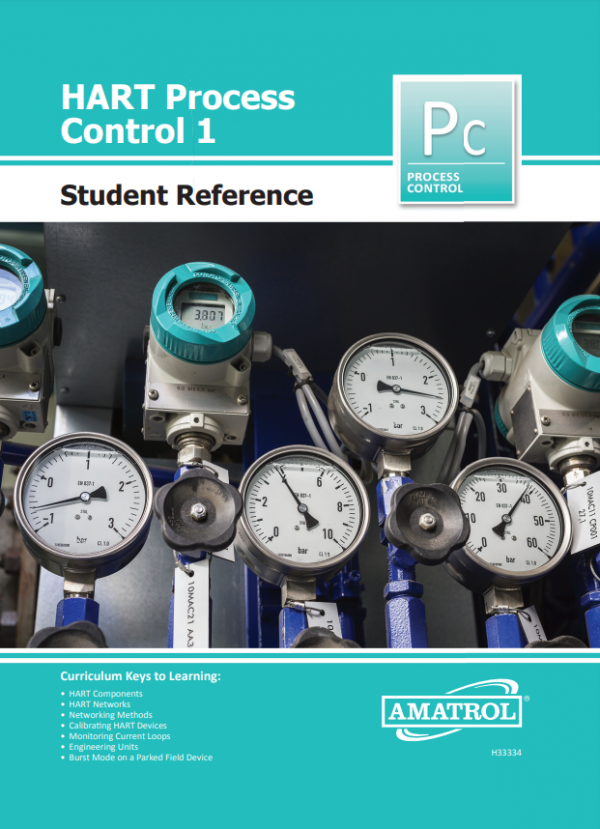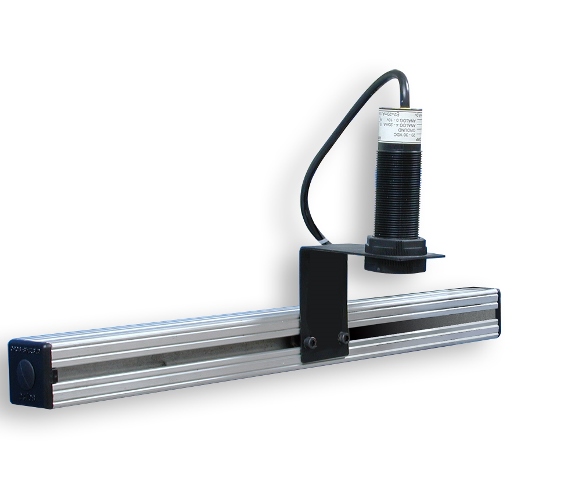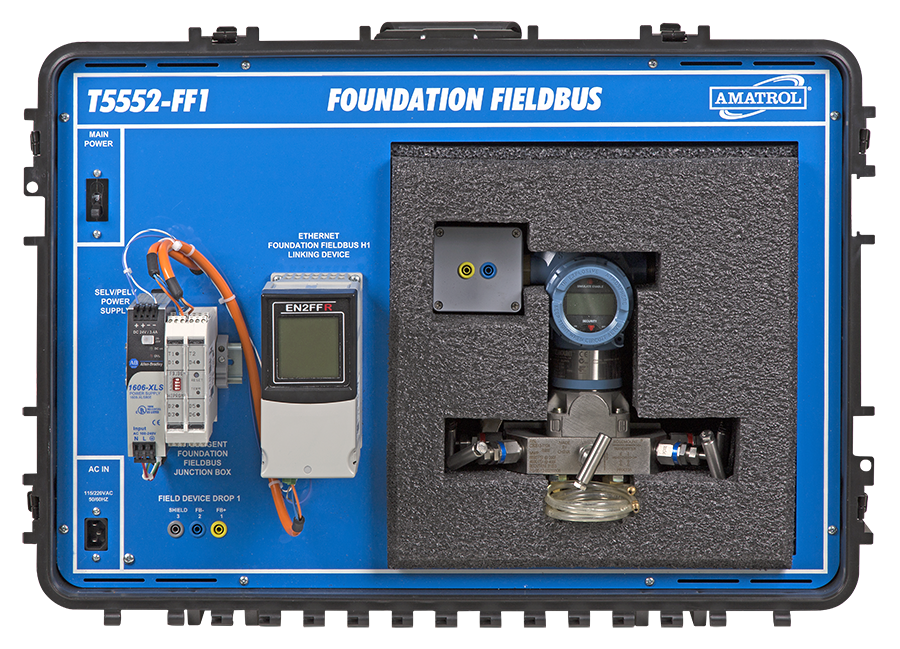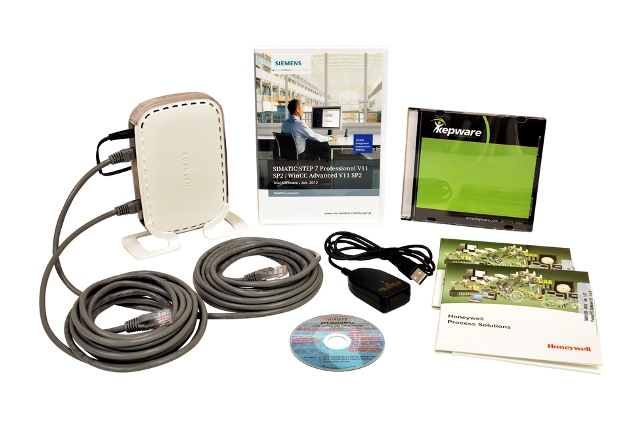
Requirements:
- Level and Flow Process Control Troubleshooting Learning System (T5552FA)
- Smart Flow Transmitter Learning System (T5552-F1)
- One of the following:
- Fieldmate Lite (download)
- Computer (see Computer Requirements)
Utilities:
- None (see required base system's utility requirements)
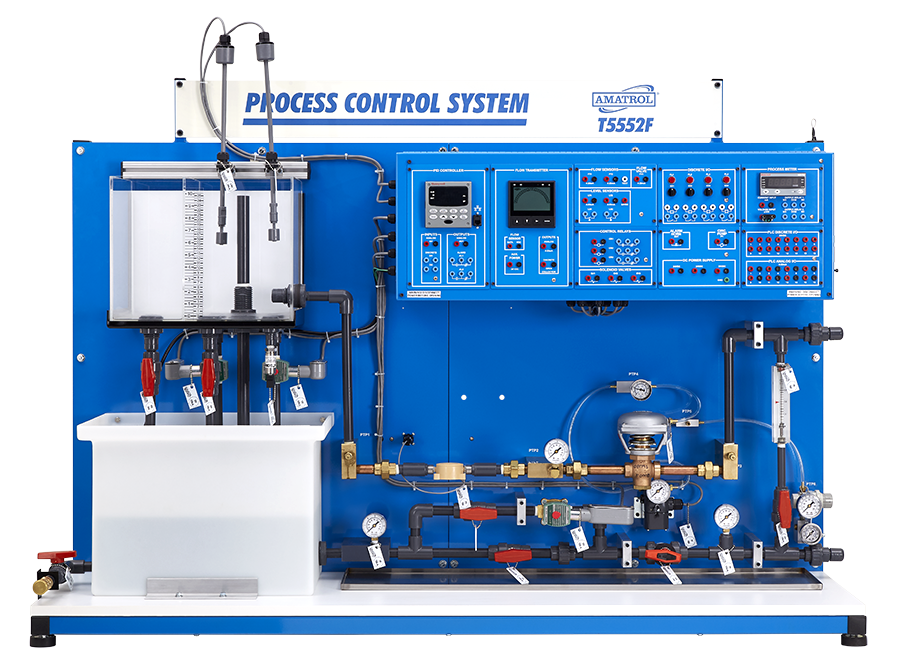
Amatrol | T5552FA
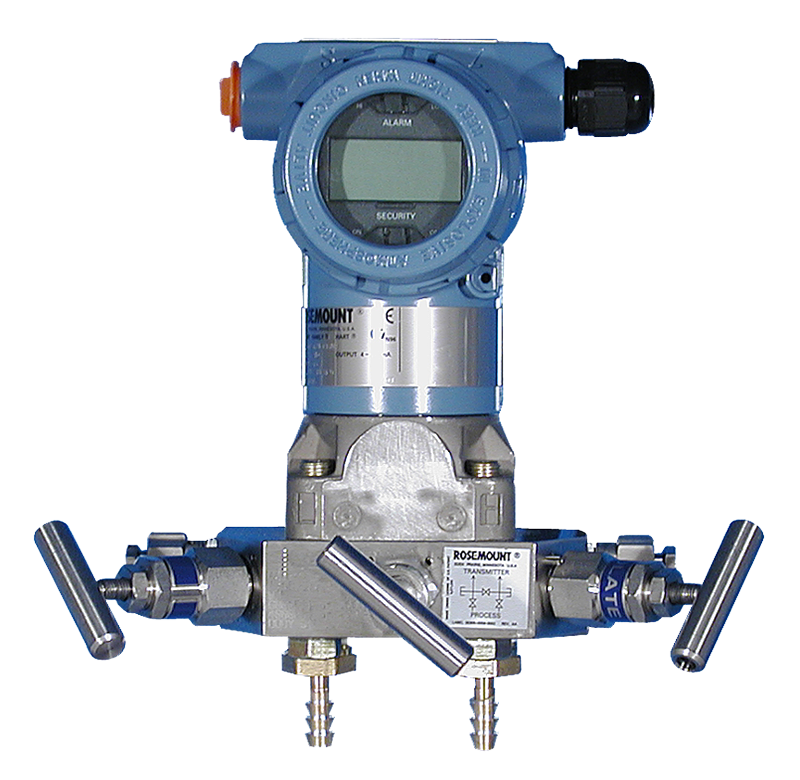
Amatrol | T5552-F1
Learning System
Amatrol’s Hart Process Control 1 Learning System (T5552-H1) adds to the Level and Flow Process Control Troubleshooting training system (T5552FA) to teach one of the most commonly-used communication protocols. The HART (Highway Addressable Remote Transducer) communications training protocol is a powerful technology that has widespread use because it has backward compatibility that lets smart sensors digitally communicate on existing 4-20 mA control wires without harming analog signals.
Using the T5552-H1, learners will practice valuable hands-on skills, such as configuring and installing a HART interface; using a HART field device to verify the integrity of a process control loop; and measuring flow and calibrating a differential pressure flow transmitter using HART software. Using Amatrol's eLearning curriculum, learners will study the theoretical aspects of HART and then follow along with step-by-step explanations of hands-on skills. Topics include HART networks, existing system integration, and calibrating HART devices and monitoring current loops.

